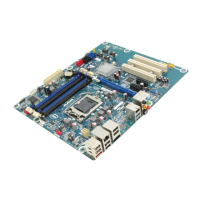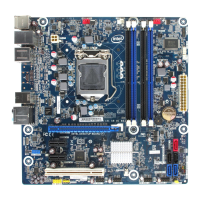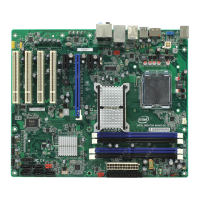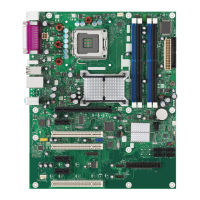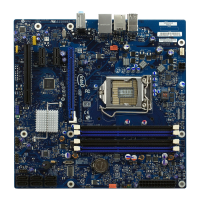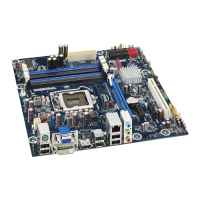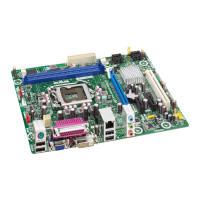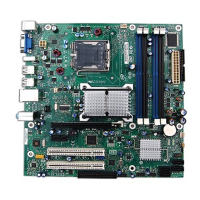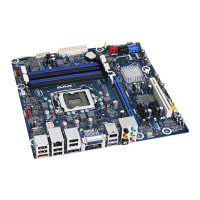Intel DP67BG Desktop Board Performance Tuning Guide
21
subsystem has become unstable so you know which group of performance parameters
to revise. Revising processor parameters will not restore stability if memory settings
are actually causing the instability.
If processor temperature is steadily increasing or processor throttling is occurring
during stress testing then additional tuning or improved cooling is needed.
Once system stability has been established with stress testing software, recheck
system stability using your normal software applications to ensure stability.
Figure 3.7. Intel Extreme Tuning Utility System Monitoring Screen
3.5.4 Increase System Clock Frequency
With the 2
nd
generation Intel Core processor family, the system clock frequency is
limited to modest increases compared to earlier Intel processors. Limited processor
frequency increases can be done by raising the system clock speed and leaving the
turbo ratio multipliers unchanged. Performance tuning using the system clock should
be done to augment processor performance improvements already obtained using
turbo ratios. Note that system clock changes also affect frequency of other systems,
such as memory and PCI-Express in addition to the processor.
System (host) clock frequency changes were made using the BIOS screen shown in
Figure 3.8. The column labeled “Proposed” shows the res
ults of increasing the system
clock setting from 100 MHz to 105 MHz with the resulting processor speed increase
from 3.80 GHz to 3.99 GHz (38 x 105 MHz = 3990 MHz).
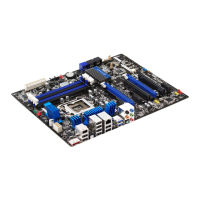
